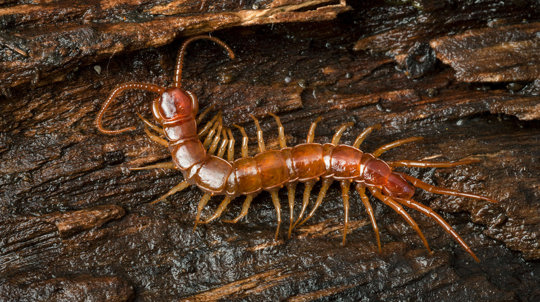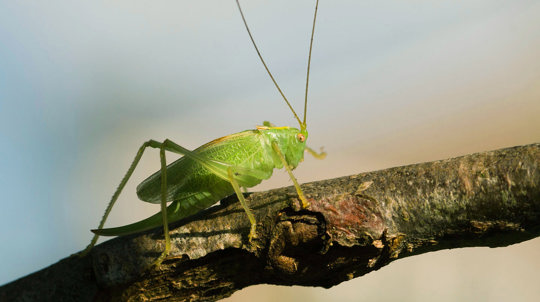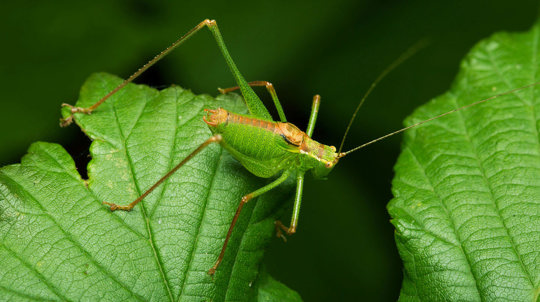Crustaceans
You might not expect to find many crustaceans in the woods, but look under any rock or stump and they'll be there! Woodlice are land-based crustaceans and industrious nutrient recyclers. There are over 3,000 species of woodlouse worldwide, around 40 of those in the UK.
-
Trees woods and wildlife
Common rough woodlouse
Hardy, hungry, excellent composters. The humble woodlouse munches its way through just about anything it can find and is an expert in recycling nutrients.
-
Trees woods and wildlife
Pill woodlouse
Easily found and easily startled, the pill woodlouse is named after its habit of rolling tight into a ball when disturbed. They’re a common sight in woodland, parks and gardens alike.




